As the world awakens from the winter chill, there’s no better time to embark on an adventure than during the vibrant season of spring. And for those seeking a destination that seamlessly blends breathtaking landscapes, rich culture, and spiritual enlightenment, Tibet stands out as an unparalleled choice. Nestled amidst the majestic Himalayas, Tibet beckons travelers with its serene beauty and profound spirituality. Here, we delve into the allure of Tibet Spring Tours, offering insights into why this season is ideal for exploring the Roof of the World.
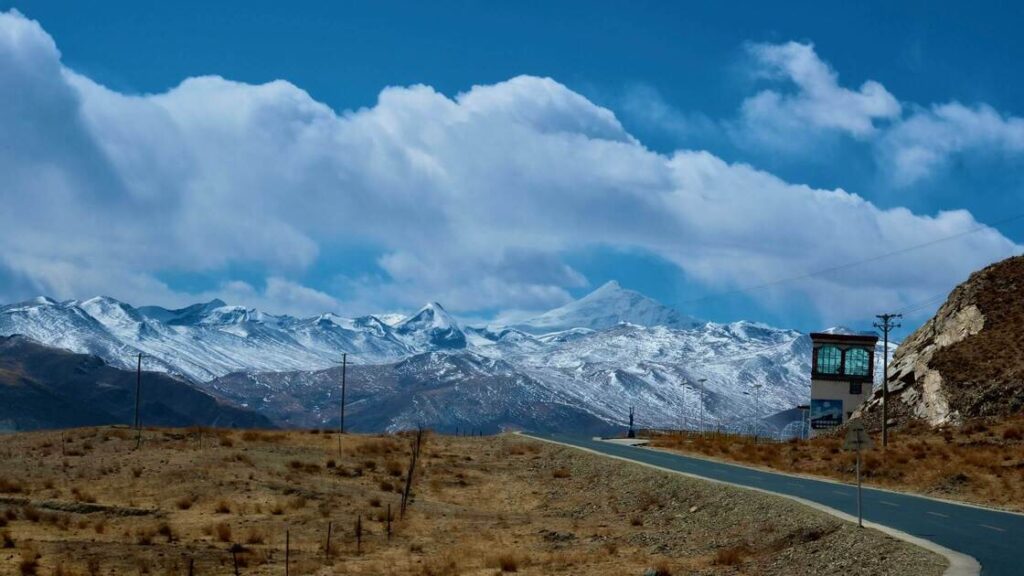
The Tibet’s Landscape
As winter loosens its icy grip on the majestic Himalayas, Tibet emerges from its slumber to unveil a landscape of unparalleled beauty and wonder. Springtime in Tibet is a symphony of colors, scents, and sensations, inviting travelers to embark on a journey of discovery amidst nature’s grandeur. Here, we delve into the unique aspects of embracing the Tibet landscape in spring and the experiences that await those who venture into this breathtaking realm.
Awakening of Nature’s Canvas
Spring transforms Tibet into a vibrant tapestry of colors, as the barren winter landscape gives way to a riot of blooms. Rhododendrons, azaleas, and a myriad of wildflowers carpet the valleys and hillsides, painting the terrain in hues of crimson, pink, and violet. The air is filled with the sweet fragrance of blossoms, creating an atmosphere of serenity and enchantment. Embracing the Tibet landscape in spring means immersing oneself in this floral symphony, whether by trekking through alpine meadows, picnicking amidst blooming fields, or simply pausing to admire nature’s artistry.
Majestic Mountains and Tranquil Lakes
Against the backdrop of towering peaks and clear blue skies, Tibet’s landscape takes on an ethereal beauty in spring. Snow-capped mountains gleam in the sunlight, their majestic summits beckoning adventurers to explore their lofty heights. Lakes in Tibet, such as the sacred Yamdrok and Namtso, reflect the surrounding mountains like mirrors, their tranquil waters a haven for migratory birds and wildlife. Embracing the Tibet landscape in spring means marveling at these natural wonders, whether by embarking on scenic drives along mountain roads, hiking to remote viewpoints, or simply basking in the awe-inspiring vistas.
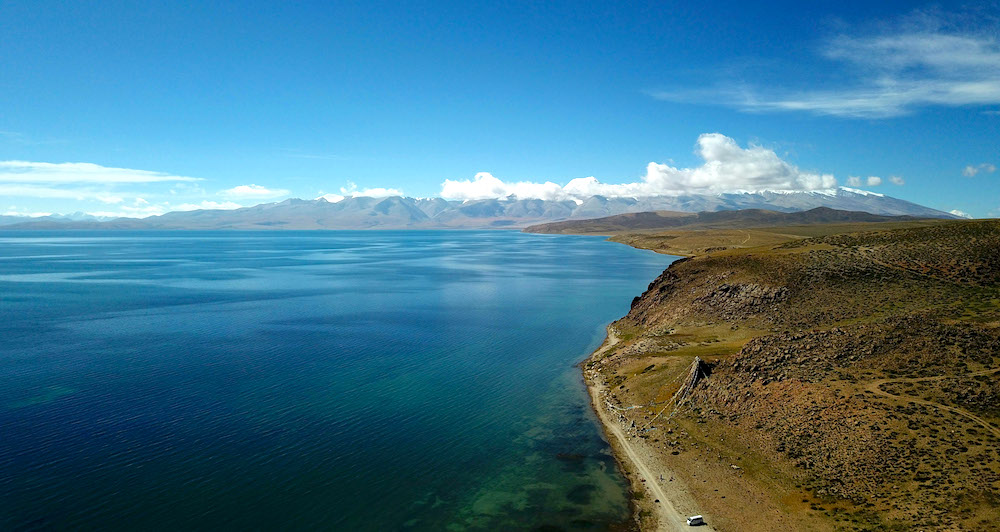
Cultural Encounters Amidst Scenic Splendor
Tibet’s landscape is not only a feast for the eyes but also a treasure trove of cultural heritage and spiritual significance. Ancient monasteries cling to cliffsides, their golden rooftops glinting in the sunlight, while prayer flags flutter in the breeze, carrying prayers for peace and prosperity to the heavens. Nomadic yak herders roam the grasslands with their grazing herds, preserving age-old traditions amidst the changing seasons. Embracing the Tibet landscape in spring means immersing oneself in this rich tapestry of culture and spirituality, whether by visiting sacred sites, participating in traditional festivals, or engaging with local communities.
Embrace the Mild Weather for Outdoor Adventures
Spring in Tibet brings with it a welcome reprieve from the harsh winter conditions, offering travelers a window of opportunity to explore the region’s diverse landscapes without battling extreme cold or heavy snowfall. The temperatures during spring range from comfortably cool to pleasantly warm, creating ideal conditions for outdoor activities.
Trekking and Hiking
Spring is a prime time for trekking enthusiasts to embark on epic journeys through Tibet’s pristine wilderness. Trails that were once buried under layers of snow become accessible, revealing breathtaking vistas of snow-capped peaks, lush valleys, and crystal-clear lakes. Whether you’re trekking to Everest Base Camp, circumambulating Mount Kailash, or embarking on the Ganden to Samye trek, the mild spring weather enhances the experience, allowing you to immerse yourself fully in the natural beauty of Tibet.
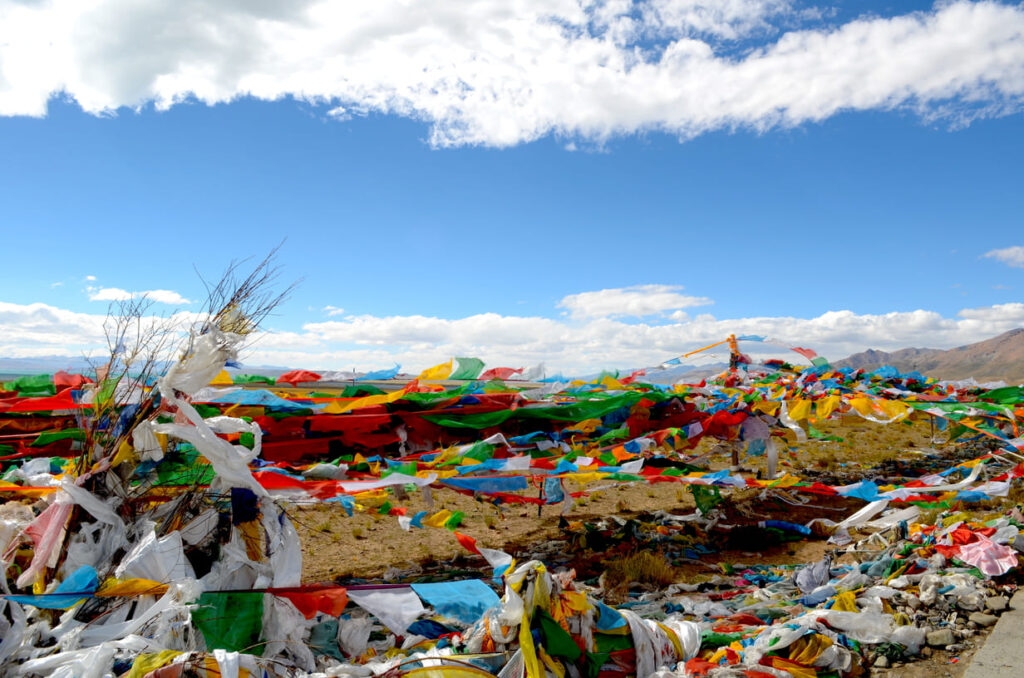
Cycling and Mountain Biking
For those seeking a more exhilarating adventure, spring offers ideal conditions for cycling and mountain biking across Tibet’s rugged terrain. Traverse winding mountain roads, pedal through picturesque villages, and soak in the panoramic views of the Himalayas unfolding before you. With milder temperatures and clear skies, spring provides cyclists with the perfect opportunity to explore Tibet on two wheels, whether on guided tours or self-guided expeditions.
Exploring Remote Villages
Spring’s mild weather also makes it conducive for exploring remote Tibetan villages nestled amidst the mountains. Wander through ancient alleyways lined with traditional mud-brick houses, interact with friendly locals, and gain insights into their way of life. Whether you’re savoring hearty Tibetan cuisine, participating in traditional festivities, or simply soaking in the rustic charm of village life, spring offers a delightful setting for cultural immersion.
Photography and Sightseeing
With clear skies and vibrant landscapes, spring is a photographer’s paradise in Tibet. Capture the ethereal beauty of cherry blossoms in bloom, frame majestic monasteries against snow-capped peaks, and immortalize the fleeting moments of springtime magic. Whether you’re a professional photographer or a hobbyist, Tibet’s stunning scenery during spring provides endless opportunities for capturing breathtaking images that will stay with you forever.
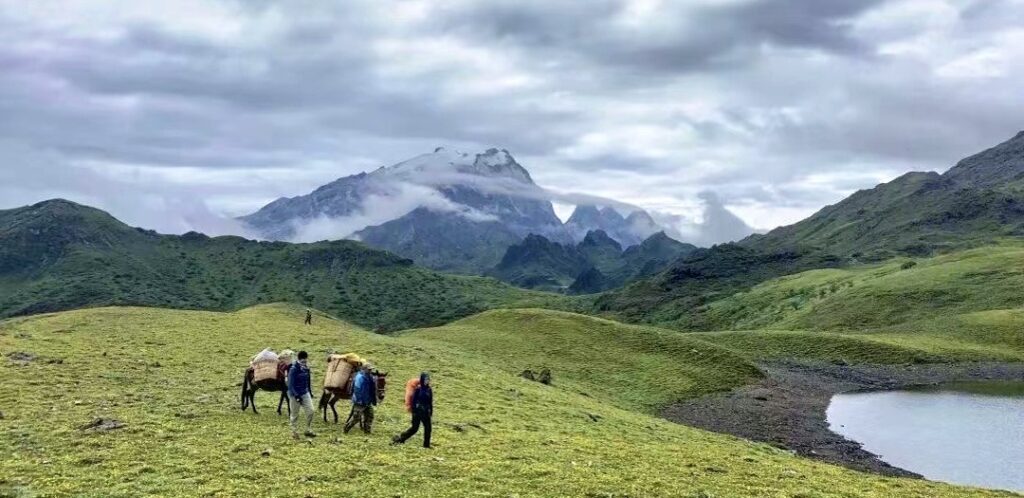
In essence, spring in Tibet opens up a world of possibilities for outdoor enthusiasts, cultural explorers, and nature lovers alike. Whether you’re seeking adrenaline-pumping adventures or serene moments of reflection, the mild weather of spring sets the stage for unforgettable experiences amidst the unparalleled beauty of the Roof of the World.
Cultural Festivities and Celebrations
Saga Dawa
Saga Dawa, also known as the Triple Blessed Festival, commemorates the birth, enlightenment, and death of Gautama Buddha. Held on the full moon day of the fourth lunar month, Saga Dawa is a time of spiritual reflection, merit-making, and acts of compassion.
Kora Circumambulations
One of the highlights of Saga Dawa is the practice of kora, or circumambulation, around sacred sites such as Mount Kailash, Lhasa’s Barkhor Circuit, and the holy lakes of Tibet. Pilgrims embark on these sacred journeys, prostrating themselves along the way as a form of devotion and purification.

Merit-Making Activities
Saga Dawa is considered an auspicious time for accumulating merit, and devotees engage in various acts of generosity and kindness. Donating to charity, releasing animals from captivity, and offering prayers and offerings at temples are common practices during this festival.
Butter Lamp Offerings
Butter lamps, symbolizing the dispelling of darkness and ignorance, are lit in abundance during Saga Dawa. Monasteries and temples are adorned with rows of flickering butter lamps, creating a luminous spectacle that illuminates the night sky.
Tashi Lhunpo Festival
The Tashi Lhunpo Festival celebrates the founding of Tashi Lhunpo Monastery, one of the most important monastic institutions in Tibet. Held in the town of Shigatse, the festival is a colorful affair featuring traditional music, dance, and religious ceremonies.
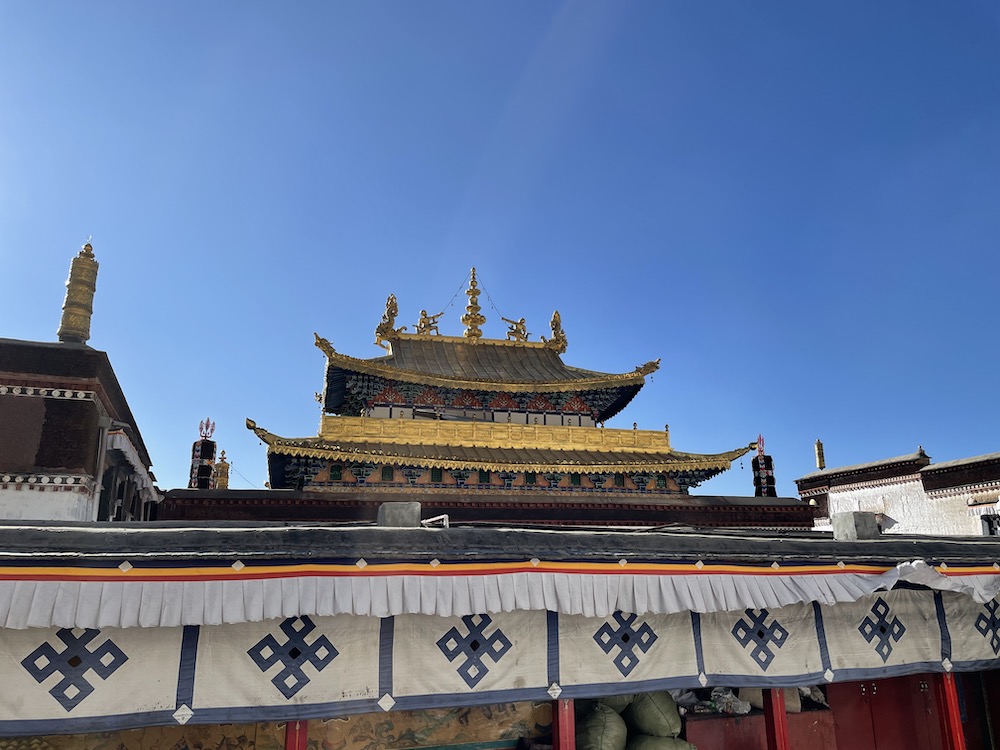
Masked Dances
Performances of cham dances, or masked dances, are a highlight of the Tashi Lhunpo Festival. Monks don elaborate costumes and masks representing deities, demons, and mythical creatures, performing intricate choreography that tells stories from Tibetan mythology and Buddhist scriptures.
Thangka Unveiling
During the festival, giant thangkas, or religious tapestries, are unveiled and displayed for public viewing. These intricately embroidered thangkas depict scenes from Buddhist cosmology and are considered objects of veneration and spiritual merit.
Cultural Exhibitions
The Tashi Lhunpo Festival also features exhibitions showcasing Tibetan art, crafts, and cultural traditions. Visitors can browse stalls selling handcrafted goods, sample traditional cuisine, and participate in workshops led by local artisans.
Practical Tips for Enjoying Cultural Festivities in Tibet
1. Respect Cultural Norms: When attending cultural festivities in Tibet, it’s important to respect local customs and traditions. Dress modestly, follow instructions from event organizers, and seek permission before taking photographs, especially in sacred spaces.
2. Be Mindful of Timing: Cultural festivals in Tibet often coincide with specific lunar or astrological dates, so it’s advisable to plan your visit accordingly. Check local event calendars and consult with travel guides to ensure you don’t miss out on these unique experiences.
3. Engage with Locals: Take the opportunity to interact with locals and learn more about their cultural practices and beliefs. Don’t be afraid to ask questions and engage in meaningful conversations, as this can enrich your understanding of Tibetan culture and spirituality.
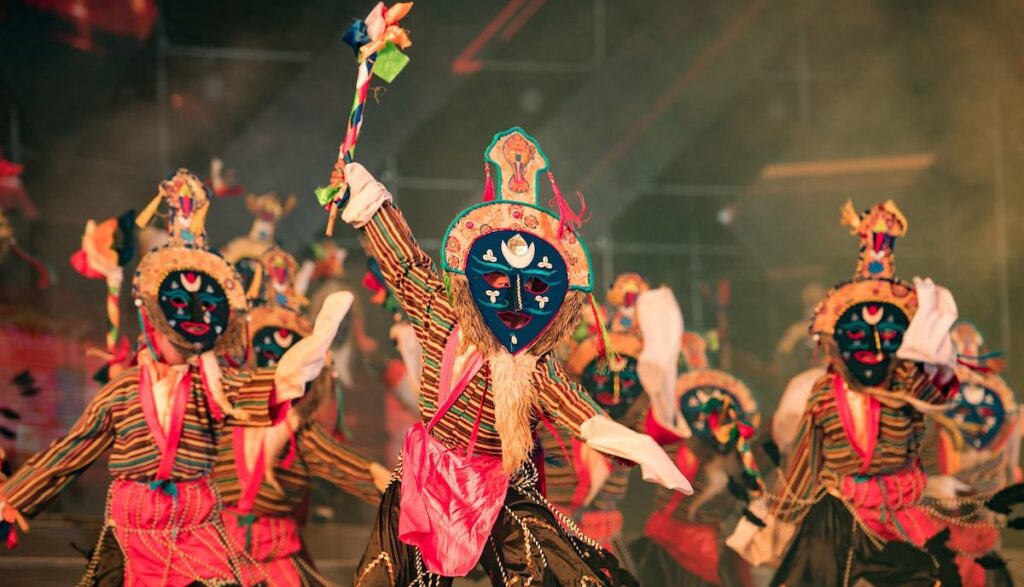
4. Support Local Communities: Many cultural festivals in Tibet are organized by local communities, and supporting these events can help sustain traditional practices and promote cultural preservation. Consider purchasing handicrafts or souvenirs from local artisans and vendors to contribute to the local economy.
Spiritual Reflection and Enlightenment
Renowned as the Land of Snows and the Land of the Lamas, Tibet holds a special place in the hearts of spiritual seekers. Spring offers a unique opportunity for introspection and enlightenment as you visit revered monasteries, meditate in tranquil settings, and engage with monks and spiritual leaders. Whether you’re drawn to the spiritual energy of Lhasa’s Jokhang Temple or the serenity of remote mountain hermitages, Tibet provides a sanctuary for the soul.
Practical Tips for Tibet Spring Tours
1. Acclimatize Gradually: Tibet’s high altitude requires careful acclimatization to prevent altitude sickness. Spend the first few days in Lhasa or lower-altitude regions before venturing into higher terrain.
2. Pack Layers: While days may be warm, nights can still be chilly, especially in higher elevations. Pack layers to ensure comfort throughout your journey.
3. Respect Local Customs: Tibetans hold their culture and traditions in high regard. Show respect by adhering to local customs, such as removing shoes before entering monasteries and refraining from photography in sensitive areas.
4. Stay Hydrated: The dry air and high altitude can lead to dehydration. Drink plenty of water and avoid excessive alcohol consumption.
5. Plan Ahead: Due to Tibet’s restricted access, it’s advisable to plan your trip well in advance. Secure the necessary permits and make arrangements for transportation and accommodations beforehand.
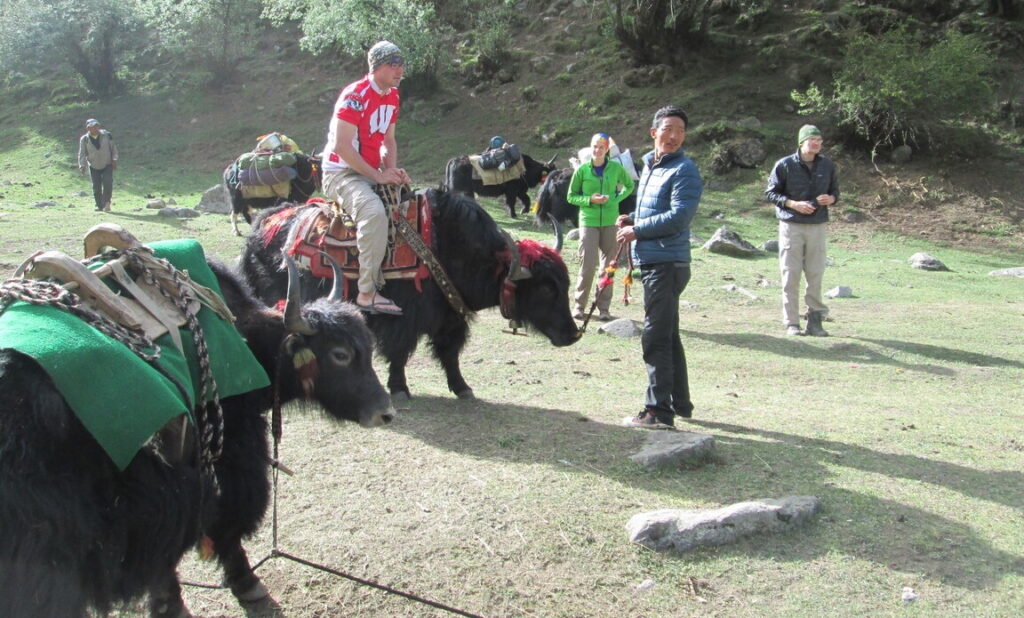
Conclusion
Tibet Spring Tours offers a transformative journey filled with natural beauty, cultural immersion, and spiritual enlightenment. As you traverse the ancient land of Tibet, you’ll be captivated by its majestic landscapes, enchanted by its rich culture, and inspired by its profound spirituality. Embrace the spirit of adventure and embark on a journey of discovery as you explore the timeless charm of the Roof of the World.
